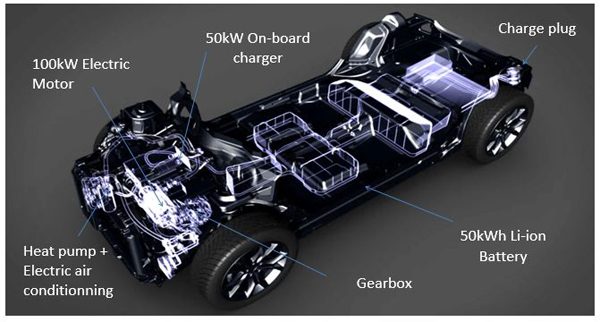Risk intelligence specialist Thatcham Research will lead a funded project focused on Electric Vehicle collision repair and salvage processes and their impact on insurance claims and their associated costs.
EVs are set to play a central role in achieving the Government’s 2050 net zero target. However, with the repair and insurance process for an Internal Combustion Engine (ICE) vehicle differing greatly from an EV, very little is known about the risks presented by EVs to that process and in turn wider EV adoption.
Adrian Watson, head of engineering, Thatcham Research said, “The automotive industry, and OEMs specifically, have been extremely agile in adapting their businesses to meet the net zero challenge laid down by Government.
“This has seen drivers plugging into EVs in ever increasing number, making now a critical moment for those throughout the value chain to put everything in place to support this rapid transition.
“In many circumstances, EV accident repair is no different from ICE vehicles. But under the hood lie everyday essentials, such as safe, cost-effective, timely post-accident repair, and the surrounding claims process so critical to putting any new vehicle on the road. And nowhere is the difference between EV and ICE more clearly underlined than in the insurance claim chain.”
One of the most significant potential blockers to wholesale EV adoption is the battery. Conscious that batteries are expensive, vulnerable items, OEMs rigorously protect them within crash structures, and batteries will rarely be affected by low-speed impacts.
However, challenges arise when the battery is involved, either directly or indirectly as a result of a collision, or indirectly when the High Voltage system becomes associated with the repair.
Watson continues, “It’s vital that the industry comes together to ensure customer expectations of owning, insuring, and repairing an EV can be met—and that the experience can be better than they’re used to with an ICE.”


